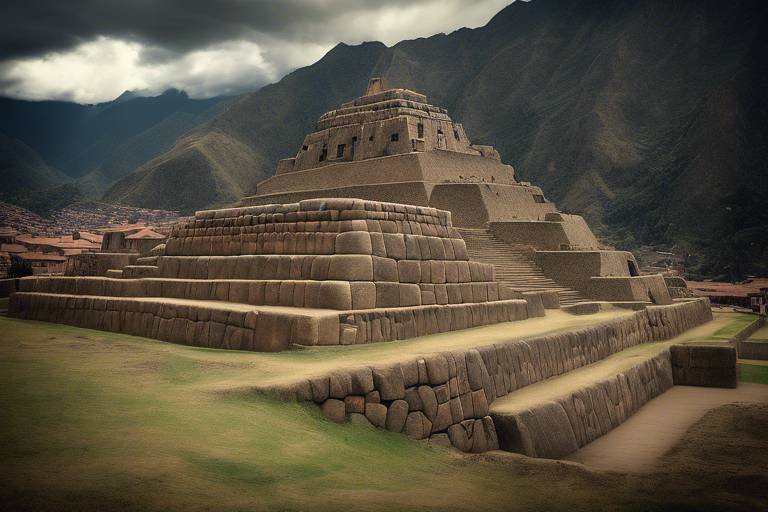The Cultural Richness of the Harappan Civilization
The Harappan civilization, one of the oldest and most fascinating ancient societies, is a treasure trove of cultural richness waiting to be explored. From their exquisite artistry to advanced urban planning, the Harappans left a lasting legacy that continues to intrigue historians and archaeologists alike. Let's embark on a journey through time to uncover the diverse facets of the Harappan civilization that contributed to its cultural vibrancy.
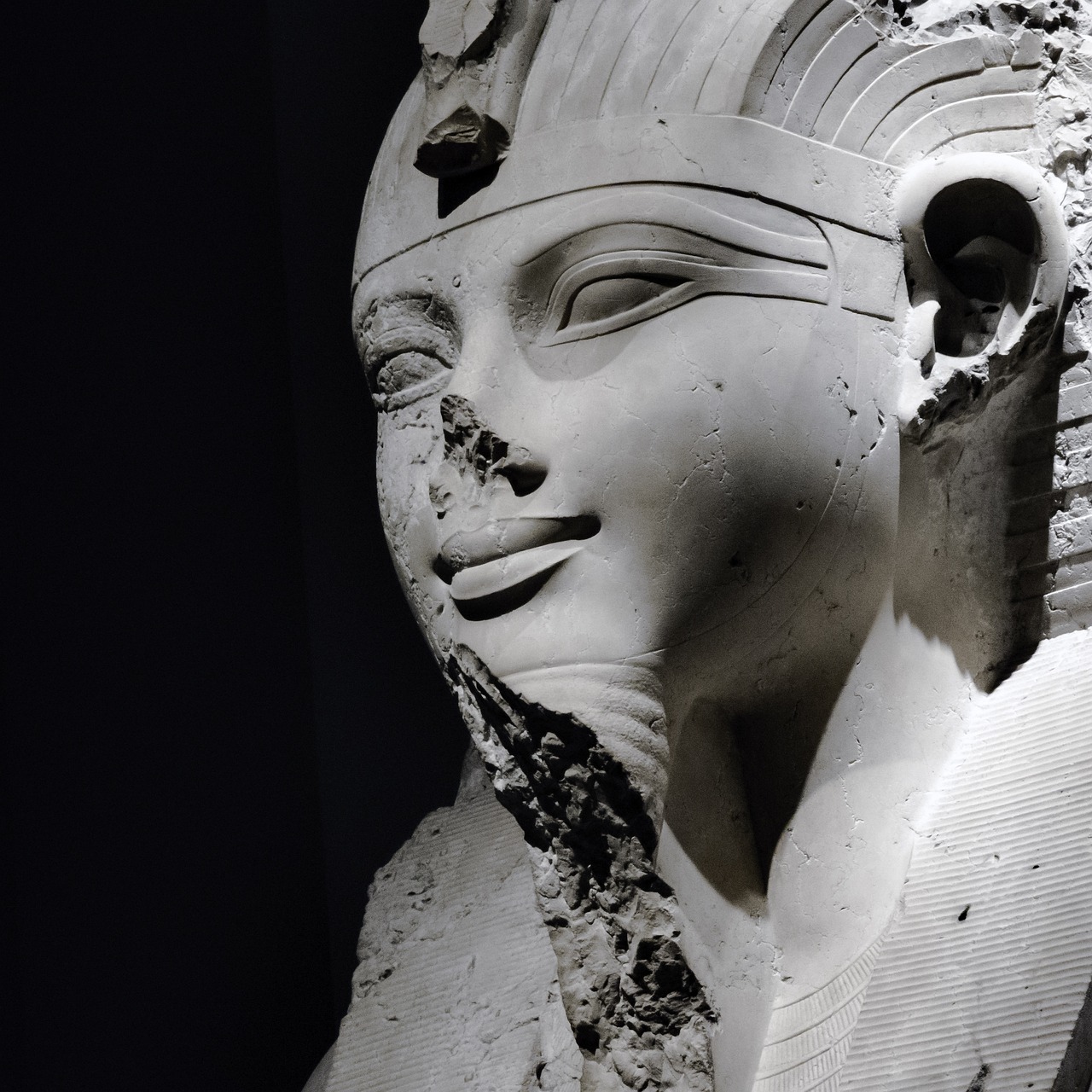
Art and Craftsmanship
Art and craftsmanship were integral aspects of the Harappan civilization, showcasing the remarkable skills and cultural sophistication of its people. The exquisite pottery of the Harappans, characterized by intricate designs and vibrant colors, served both utilitarian and aesthetic purposes. Their sculptures, depicting animals, deities, and everyday life scenes, reflected a deep connection to nature and spirituality.
The seals of the Harappan civilization are among the most iconic artifacts, featuring intricate carvings of animals, symbols, and script. These seals, often made of steatite, were used for various administrative and commercial purposes, indicating a well-organized society with a system of writing. The craftsmanship displayed on these seals is a testament to the artistic prowess of the Harappan artisans.
Jewelry was another significant aspect of Harappan artistry, with intricate designs crafted from materials such as gold, silver, copper, and semi-precious stones. The use of various materials and techniques in jewelry-making highlights the aesthetic sensibilities and technical skills of the Harappan craftsmen.
Overall, the art and craftsmanship of the Harappan civilization not only served decorative purposes but also reflected the cultural richness and creativity of a society that flourished in the ancient Indus Valley.

Religious Practices
Religious practices held a significant place in the daily lives of the Harappan people, offering a glimpse into their spiritual beliefs and cultural traditions. Archaeological excavations have unearthed various artifacts and structures that shed light on the religious practices of this ancient civilization. The Harappans worshipped a pantheon of deities, with evidence suggesting a complex belief system that involved rituals and ceremonies to appease these gods.
One of the most intriguing discoveries related to Harappan religion is the presence of seals depicting figures in various postures, possibly representing deities or mythological scenes. These seals, intricately carved with symbols and motifs, hint at a sophisticated religious iconography that was integral to the society's spiritual life. The significance of these symbols and the rituals associated with them continue to fascinate archaeologists and historians.
Moreover, the layout of Harappan cities, such as Mohenjo-Daro and Harappa, indicates a planned urban design that may have had religious connotations. The presence of large public structures, like the Great Bath, and the alignment of certain buildings with astronomical events suggest a connection between urban planning and religious practices. It is believed that these cities served as centers for communal gatherings, religious ceremonies, and administrative functions.
While the specifics of Harappan religious beliefs remain enigmatic due to the lack of deciphered texts, the artifacts and architectural remains provide valuable insights into the spiritual world of this ancient civilization. The intricate craftsmanship seen in the seals and sculptures, the layout of the cities, and the presence of ritualistic objects all point towards a society deeply rooted in its religious traditions.

Urban Planning and Architecture
The ancient Harappan civilization is renowned for its remarkable urban planning and architectural achievements, setting a standard that astounds historians and architects alike. The meticulously planned cities of Mohenjo-Daro and Harappa stand as testaments to the advanced urban layout and architectural prowess of the Harappan people. These cities were intricately designed with well-organized streets, advanced drainage systems, and multi-story buildings, showcasing a level of sophistication unparalleled in their time.
The urban centers of the Harappan civilization were meticulously laid out on a grid pattern, with streets intersecting at right angles, indicating a high level of planning and foresight. The precision with which these cities were constructed reflects the meticulous attention to detail and the advanced knowledge of urban infrastructure possessed by the Harappans. Moreover, the presence of public buildings, granaries, and marketplaces in these cities highlights the organized and structured nature of Harappan urban life.
One of the most intriguing aspects of Harappan urban planning is the sophisticated drainage system found in their cities. The advanced sewage and drainage network, complete with covered drains and manholes, demonstrates the Harappans' understanding of sanitation and public health. This level of urban planning and sanitation was unparalleled in contemporary civilizations, emphasizing the advanced nature of Harappan society.
Architecturally, the Harappans excelled in building sturdy structures using standardized bricks made of baked clay. The uniformity in brick size and quality across Harappan cities indicates a centralized authority overseeing construction activities. The use of burnt bricks in construction allowed for the creation of durable buildings, some of which displayed intricate ornamentation and decorative motifs, showcasing the artistic sensibilities of the Harappan architects.
Furthermore, the presence of citadels or fortified areas within Harappan cities suggests a hierarchical social structure and possibly served as administrative centers or places of defense. The architectural layout of these citadels, with their strategic positioning and defensive features, indicates a level of urban planning that considered both functionality and security.
In conclusion, the urban planning and architecture of the Harappan civilization stand as a testament to their advanced knowledge, organizational skills, and architectural ingenuity. The meticulous layout of their cities, sophisticated drainage systems, and durable brick structures underscore the remarkable achievements of the Harappan people in creating thriving urban centers that were the envy of their contemporaries.
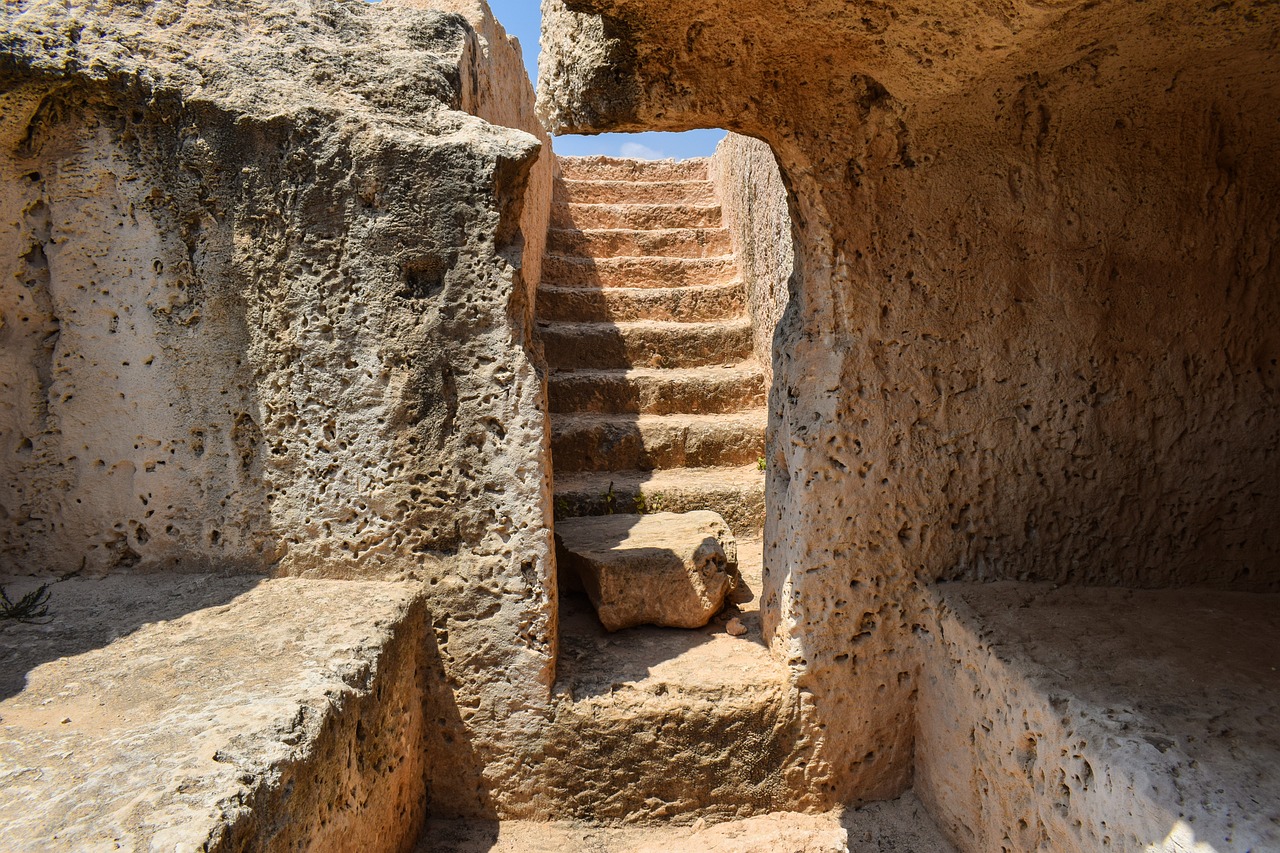
Trade and Economy
When exploring the trade and economy of the ancient Harappan civilization, one cannot help but marvel at the extensive networks and economic prosperity that characterized this ancient society. The Harappans were adept traders, engaging in long-distance commerce that connected them to distant lands and cultures. Their economic activities were supported by advanced agricultural practices and a sophisticated understanding of urban planning.
One of the key factors contributing to the economic success of the Harappan civilization was their strategic location along major trade routes. The Harappan cities, such as Mohenjo-Daro and Harappa, served as bustling trade hubs where goods from various regions were exchanged. Archaeological evidence suggests that the Harappans traded a wide array of commodities, including pottery, metals, semi-precious stones, and textiles.
The Harappans were skilled in various crafts, producing high-quality goods that were in demand both locally and internationally. Their craftsmanship extended to intricate jewelry, finely crafted seals used for trade and administrative purposes, and beautifully designed pottery. These artifacts not only highlight the economic prosperity of the Harappan civilization but also showcase their artistic prowess.
In addition to trade, agriculture played a crucial role in sustaining the economy of the Harappan society. The Harappans were proficient farmers, cultivating crops such as wheat, barley, peas, and cotton. The surplus agricultural produce enabled the growth of urban centers and supported the burgeoning population of the Harappan civilization.
The economic prosperity of the Harappan civilization is further evidenced by the presence of granaries and storage facilities in their cities. These structures indicate a well-organized system for storing and distributing food supplies, ensuring the stability and resilience of the Harappan economy in the face of environmental challenges.
Overall, the trade and economy of the Harappan civilization reflect a sophisticated and thriving society that flourished through commerce, agriculture, and skilled craftsmanship. The legacy of their economic achievements continues to intrigue scholars and enthusiasts, shedding light on the economic dynamics of one of the world's earliest urban civilizations.
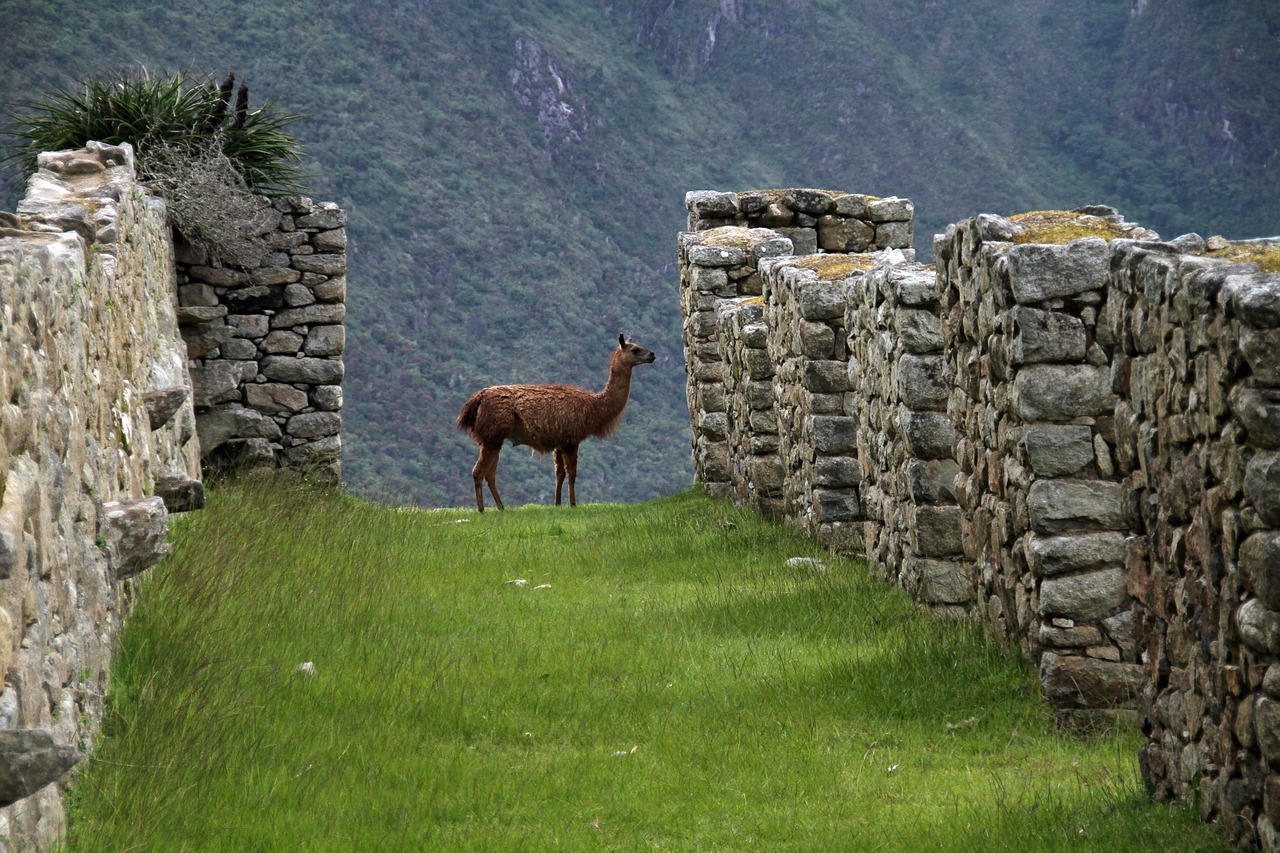
Technology and Innovations
When we delve into the technological advancements of the ancient Harappan civilization, we are met with a fascinating array of innovations that showcase their ingenuity and skill. The Harappans were pioneers in various fields, from metallurgy to urban infrastructure, leaving a lasting impact on the development of ancient societies.
One of the remarkable technological feats of the Harappans was their expertise in craftsmanship. The precision and finesse displayed in their pottery, metalwork, and bead making reflect a high level of skill and attention to detail. Their mastery of metallurgy allowed them to create intricate bronze and copper artifacts, demonstrating an advanced understanding of metalworking techniques.
Moreover, the Harappans were adept at urban planning and infrastructure development. The carefully laid out streets, well-planned drainage systems, and sophisticated water management solutions in cities like Mohenjo-Daro and Harappa are testaments to their engineering prowess. The advanced grid layout of the cities and the presence of public baths and granaries indicate a systematic approach to urban design.
Another area where the Harappans excelled was in the development of specialized technologies for everyday use. From the construction of well-built houses with private bathrooms to the creation of advanced tools for agriculture and craftsmanship, the Harappans were innovative problem solvers. Their use of standardized weights and measures in trade further highlights their practical approach to technology.
Furthermore, the Harappans' knowledge of seals and writing materials suggests a sophisticated understanding of communication and record-keeping. The intricately carved seals found at Harappan sites indicate a system of symbols and script that was used for various administrative purposes. While the Harappan script remains undeciphered, ongoing research offers tantalizing glimpses into their written language.
In conclusion, the technological achievements of the Harappan civilization stand as a testament to their advanced capabilities and innovative spirit. Their contributions to metallurgy, urban planning, craftsmanship, and communication technologies have left an indelible mark on the history of human civilization, inspiring awe and admiration for their ingenuity and creativity.
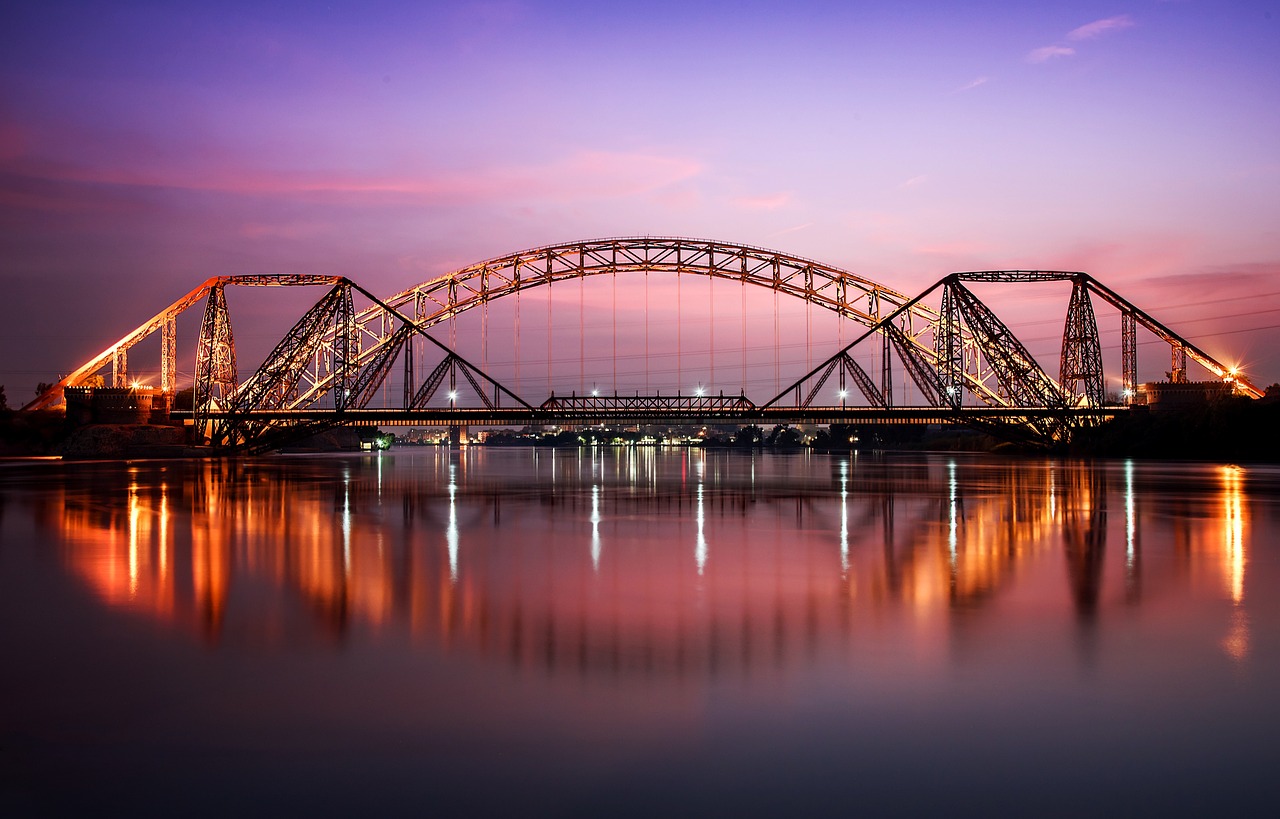
Social Hierarchy and Governance
Topics to be discussed in the article include the art, religion, architecture, writing system, trade, technology, social structure, urban planning, and decline of the ancient Harappan civilization.
Within the Harappan civilization, social hierarchy played a significant role in governing the society. The community was structured in a way that showcased distinct levels of authority and influence. At the top of the hierarchy were the rulers and elite members who held power and made decisions affecting the entire population. These leaders were responsible for maintaining order, resolving disputes, and overseeing the welfare of the people.
Beneath the ruling class, there were various strata of society that included artisans, merchants, farmers, and laborers. Each group had its own responsibilities and contributions to the overall functioning of the civilization. The division of labor was well-defined, with individuals specializing in specific trades and professions.
Moreover, the governance system of the Harappan civilization likely involved a combination of centralized authority and local administration. While the rulers wielded considerable power, there were also mechanisms in place for community participation and decision-making. This balance between centralized control and decentralized governance ensured stability and cohesion within the society.
Furthermore, the social hierarchy of the Harappan civilization may have been influenced by factors such as wealth, occupation, and familial connections. Those in positions of authority likely inherited their status, creating a system where power was concentrated among certain families or lineages.
In terms of governance, the Harappan society might have employed councils or assemblies to discuss important matters and reach consensus on key issues. The decision-making process was likely collaborative, with input from various segments of the population. This participatory approach to governance helped foster a sense of community and shared responsibility among the Harappan people.
Overall, the social hierarchy and governance structure of the Harappan civilization played a crucial role in shaping the dynamics of the ancient society. By understanding the distribution of power, roles, and responsibilities within the civilization, we can gain valuable insights into how this remarkable culture thrived and evolved over time.
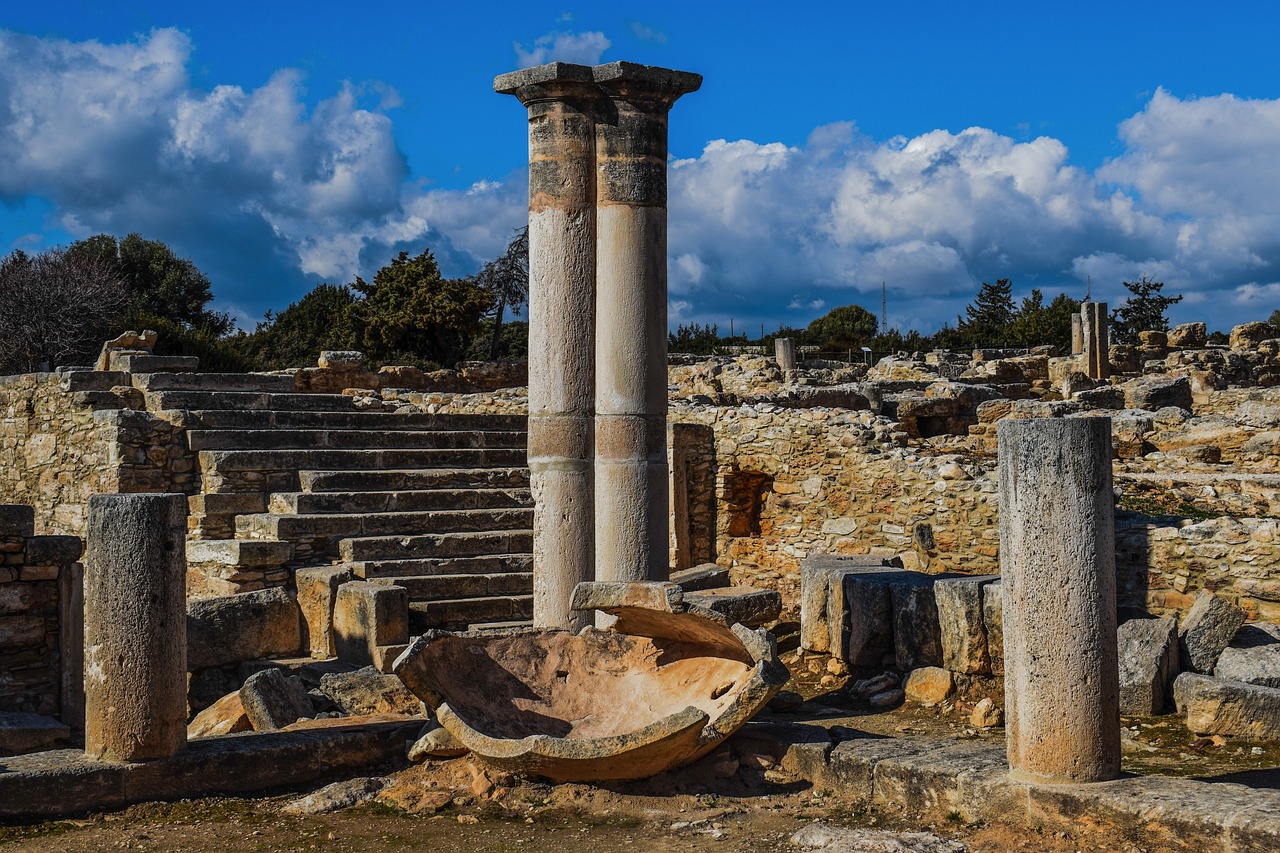
Writing System and Language
The Harappan civilization is shrouded in mystery, with one of the most intriguing enigmas being their writing system. Archaeologists have unearthed numerous inscriptions on seals, tablets, and pottery, but the Harappan script remains undeciphered. Scholars have made significant efforts to crack the code, but the complexity of the symbols and the lack of a bilingual text have posed challenges. Some believe it could be a logographic script representing entire words or concepts, while others suggest it might be a syllabic script. The quest to unravel this ancient language continues to captivate researchers worldwide.
Despite the inability to decipher the script, the presence of consistent patterns in the inscriptions indicates a structured writing system used for administrative or ceremonial purposes. The script's uniformity across various Harappan sites suggests a centralized authority governing its usage. The absence of extensive literary texts raises questions about the practicality and scope of the Harappan language. Was it primarily utilitarian, serving specific functions within the society, or did it have a broader communicative role that has eluded modern understanding?
Moreover, the linguistic diversity within the Harappan civilization raises intriguing questions about the extent of language variation and dialectical nuances present among the populace. Did different regions or social strata use distinct linguistic forms, or was there a standardized language for administrative purposes? The interplay between spoken language and the enigmatic script adds layers of complexity to the study of Harappan communication systems. Understanding the linguistic landscape of this ancient civilization could provide invaluable insights into their social structure and cultural practices.

Cultural Continuity and Legacy
Exploring the enduring cultural influences and legacies of the Harappan civilization unveils a fascinating journey through time. The imprint left by the Harappans on subsequent societies in the Indian subcontinent is profound and far-reaching. From architectural styles to religious practices, the echoes of the ancient civilization resonate through the centuries, shaping the cultural landscape of the region.
One of the most striking legacies of the Harappan civilization is evident in the urban planning and architecture of modern cities. The sophisticated drainage systems and grid-like layouts of Harappan cities like Mohenjo-Daro serve as a testament to their advanced understanding of city planning. The precision and foresight exhibited in their urban infrastructure continue to inspire urban planners and architects today.
Furthermore, the Harappans' expertise in trade and economy has left a lasting impact on the economic practices of the region. Their extensive trade networks and emphasis on agricultural productivity set a foundation for future economic development. The legacy of their economic prosperity can be seen in the thriving markets and agricultural practices that characterize the Indian subcontinent.
Moreover, the cultural continuity of the Harappan civilization is reflected in the artistic traditions and craftsmanship of contemporary artisans. The exquisite pottery, intricate seals, and ornate jewelry crafted by the Harappans have inspired generations of artists and craftsmen. The cultural aesthetics and artistic skills of the Harappans continue to influence the art and craft traditions of the region.
As we unravel the mysteries of the Harappan script and language, we gain insights into the intellectual legacy of the ancient civilization. The ongoing decipherment attempts of the Harappan script offer tantalizing glimpses into their communication systems and intellectual pursuits. The significance of their writing system in recording history and transmitting knowledge underscores the enduring legacy of their intellectual achievements.
In conclusion, the cultural continuity and legacy of the Harappan civilization serve as a testament to the enduring impact of ancient societies on the fabric of contemporary culture. By delving into their art, architecture, trade practices, and intellectual pursuits, we gain a deeper appreciation for the rich tapestry of cultural heritage that defines the Indian subcontinent.
Frequently Asked Questions
- What were the main art forms of the Harappan civilization?
The main art forms of the Harappan civilization included pottery, sculpture, seals, and jewelry. These artifacts showcased the artistic prowess and cultural aesthetics of the Harappan people.
- What do we know about the religious practices of the Harappan society?
Archaeological findings provide insights into the religious beliefs, rituals, and deities worshipped by the Harappan society. These practices reflect the spiritual aspect of their culture.
- How advanced was the urban planning and architecture of Harappan cities?
The Harappan cities, such as Mohenjo-Daro and Harappa, exhibited advanced urban planning with well-structured layouts, sophisticated drainage systems, and impressive architectural designs.
- What sustained the economy of the Harappan civilization?
The Harappans engaged in extensive trade networks, practiced advanced agricultural techniques, and enjoyed economic prosperity, which contributed to sustaining their civilization.
- What technological innovations were developed by the Harappans?
The Harappans were known for their sophisticated craftsmanship, metallurgical skills, and advancements in urban infrastructure technologies, showcasing their ingenuity and creativity.
- How was the social structure of the Harappan society organized?
The social hierarchy of the Harappan society included distinct levels, and the governance system played a crucial role in maintaining order. The eventual decline of the society remains a topic of historical debate.
- What do we know about the Harappan writing system and language?
The Harappan script remains a mystery, with ongoing decipherment attempts to understand its significance. The language and writing system of the Harappans provide valuable insights into their communication methods.
- What is the cultural legacy of the Harappan civilization?
The enduring cultural influences and legacies of the Harappan civilization have left a significant imprint on subsequent societies in the Indian subcontinent, shaping the cultural landscape of the region.












